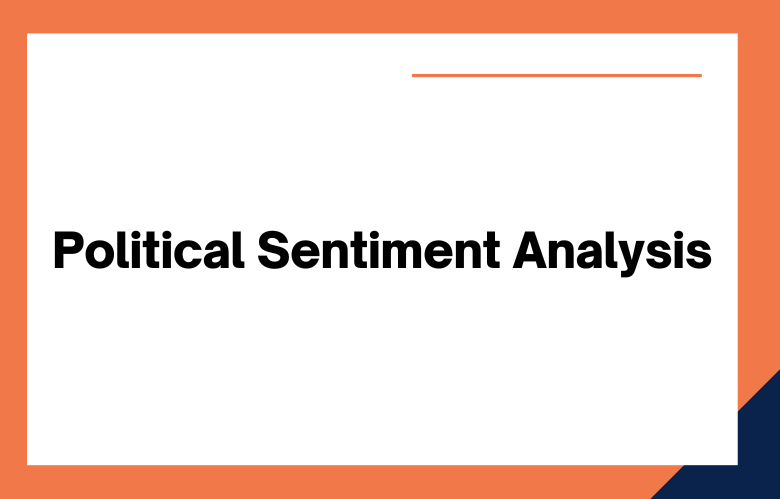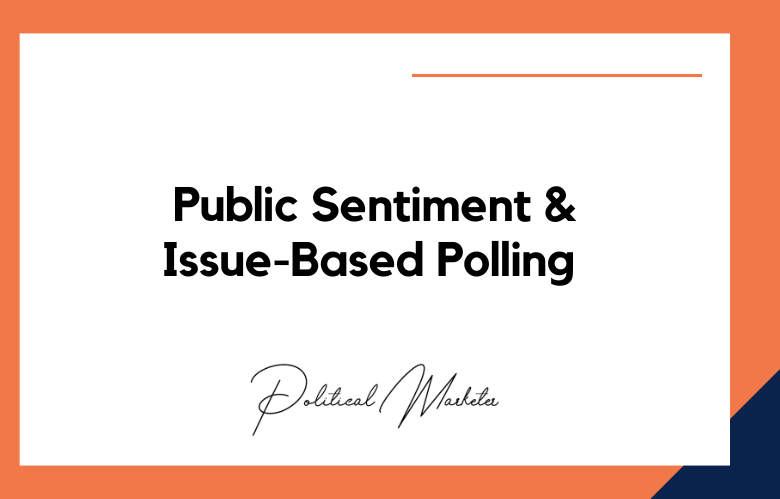When it comes to decision-making in politics, there are often various factors to consider. Apart from looking at the constituents’ immediate needs, it is also essential to consider the bigger picture.
Enter PEST Analysis – a tool that helps assess the Political, Economic, Social, and Technological factors that can influence a decision or outcome. We will discuss PEST Analysis, its political application, and some of its uses.
What is PEST Analysis?
PEST Analysis is a technique for systematically examining environmental factors that affect an organization’s operations. The acronym PEST stands for Political, Economic, Sociocultural, and Technological factors.
Organizations are affected by external factors over which they have little or no control, and PEST Analysis assists managers and policymakers in analyzing the impact of these external factors on their businesses or organizations.
This tool has gained significant relevance in political analysis, enabling political analysts to make informed decisions on political trends, changes, and directions.
PEST analysis, which stands for Political, Economic, Social, and Technological analysis, is a strategic assessment tool widely used by businesses to evaluate the external factors that may impact their operations or plans.
It is a comprehensive framework that enables analysts to identify the critical macro-environmental forces that may affect an enterprise’s growth or sustainability prospects.
How do Political Strategists Benefit from PEST Analysis?
Political strategists use PEST analysis to assess the external factors that may impact an election or a political campaign.
By conducting a PEST analysis, political strategists can evaluate the political, economic, social, and technological factors influencing voters’ behavior.
It can be used to identify the challenges and opportunities facing a political candidate or a party.
They can also use PEST analysis to understand what factors influence the voting patterns of different demographic groups.
By understanding the external environment, political strategists can create campaigns better suited to voters’ needs and aspirations.
Applications of PEST Analysis in Politics?
PEST analysis is increasingly used in politics to understand the external factors influencing political decisions.
Political factors such as government stability, political ideology, and regulations significantly shape policymaking. Economic factors such as inflation, unemployment, and GDP growth are important indicators of the economy’s health.
Social factors such as demographics, cultural factors, and changing social norms influence political decisions.
Lastly, technological factors such as innovation, research, and development are crucial in determining a state’s or an industry’s competitiveness in the global marketplace.
Exploring PEST Analysis: Its Applications and Uses in Politics?
PEST analysis, also known as Political, Economic, Social, and Technological analysis, is widely used in business to identify external factors affecting an organization’s operations.
However, only some people realize that PEST analysis can be a valuable political tool.
Political parties and individual politicians can make informed policy decisions grounded in data by analyzing the political, economic, social, and technological factors influencing political decision-making.
We explore PEST analysis’s various political applications and uses and highlight its benefits.
Understanding PEST Analysis and Its Relevance in Political Analysis?
In today’s world, there’s a lot that we need to consider when analyzing critical information. PEST Analysis is one of the most fundamental tools that aid policymakers in making informed decisions when analyzing data.
PEST Analysis, also known as Political, Economic, Sociocultural, and Technological analysis, has become a vital aspect of policy and strategic management analysis.
It is used to make informed decisions about addressing specific challenges that companies or nations face in the short and long term.
We shall look at PEST Analysis, its applications, and how the analysis can be used in politics.
Key areas where PEST analysis is applied in politics:
Policymaking:
PEST analysis identifies potential risks and opportunities so policymakers can design policies that align with the current political environment.
Strategic planning:
PEST analysis enables politicians to anticipate shifts and trends in the external environment and use that information to guide strategic planning.
Environmental scanning:
PEST analysis helps identify trends, threats, and opportunities that may impact political decisions.
Risk assessment:
PEST analysis helps to identify and analyze risks that could impact a political decision or policy. This provides the basis for risk mitigation strategies.
Stakeholder analysis:
PEST analysis helps to understand how external factors may affect stakeholders and hence helps in stakeholder analysis.
Advantages and Disadvantages of PEST Analysis in Politics?
Using PEST analysis in politics is beneficial because it helps to understand the external environment, identify opportunities and threats, and create targeted campaigns.
There are several advantages to using PEST analysis in politics. First, PEST analysis can help identify potential opportunities and threats a government or political party may face.
This information can be used to respond to these opportunities and threats strategically.
PEST analysis can improve stakeholder communication by providing a common framework for discussion.
What are the benefits of using PEST analysis in politics?
Helps to Identify Political Risks:
PEST analysis can be used to identify the political risks that a country or region is facing. This information can be used to decide whether to do business in a particular country or region.
Helps to Identify Opportunities:
PEST analysis can also be used to identify opportunities that a country or region may be facing.
This information can be used to make investment decisions or develop new products or services that may interest consumers in a particular country or region.
Helps to Identify Threats:
PEST analysis can also identify threats a country or region may face. This information can be used to decide how to protect oneself from potential political risks.
Helps to Understand the Political Environment:
PEST analysis can help one understand a country or region’s political environment. This understanding can help one make better decisions about doing business in that country or region.
Helps to Understand the Economic Environment:
PEST analysis can also help one to understand the economic environment of a particular country or region.
This understanding can be used to make better investment decisions or to develop new products or services that may interest consumers in that country or region.
Helps to Understand the Social Environment:
PEST analysis can also help one understand the social environment of a particular country or region.
This understanding can be used to make better marketing decisions or to develop new products or services that may interest consumers in that country or region.
Helps to Understand the Technological Environment:
PEST analysis can also help one understand the technological environment of a particular country or region.
This understanding can be used to make better investment decisions or to develop new products or services that may take advantage of existing technology infrastructure in that country or region.
Conclusion:
PEST Analysis is a valuable tool to help politicians and policymakers make better decisions.
By examining the external factors that can influence a decision’s outcome, they can develop adaptive, future-proof, and practical strategies.
As we have seen, Political, Economic, Social, and Technological factors are vital when conducting a PEST Analysis.
Utilizing these criteria, policymakers can make informed decisions in today’s constantly changing political environment.
Call: +91 9848321284
Email: [email protected]











